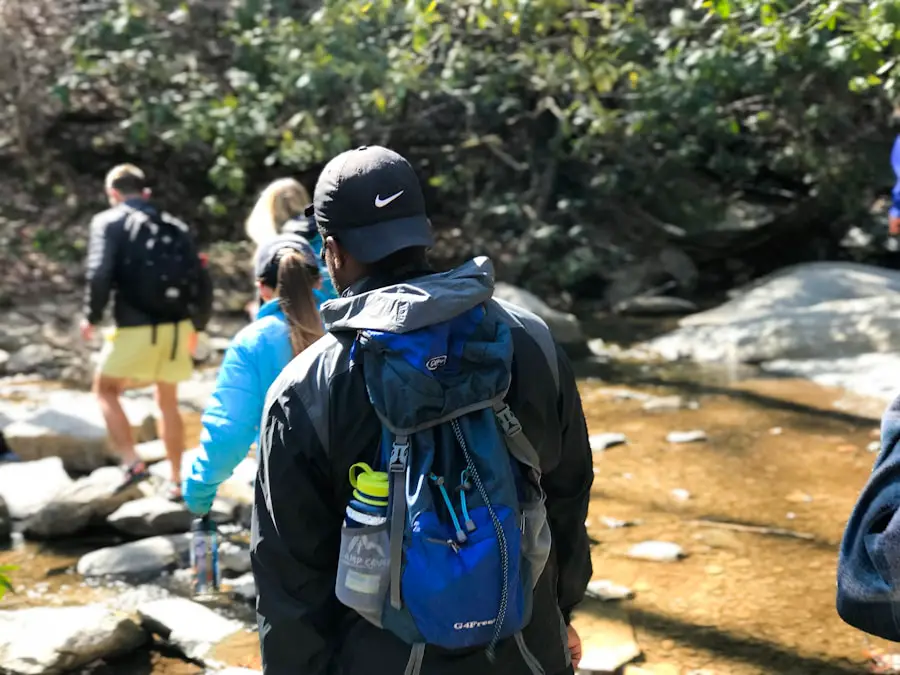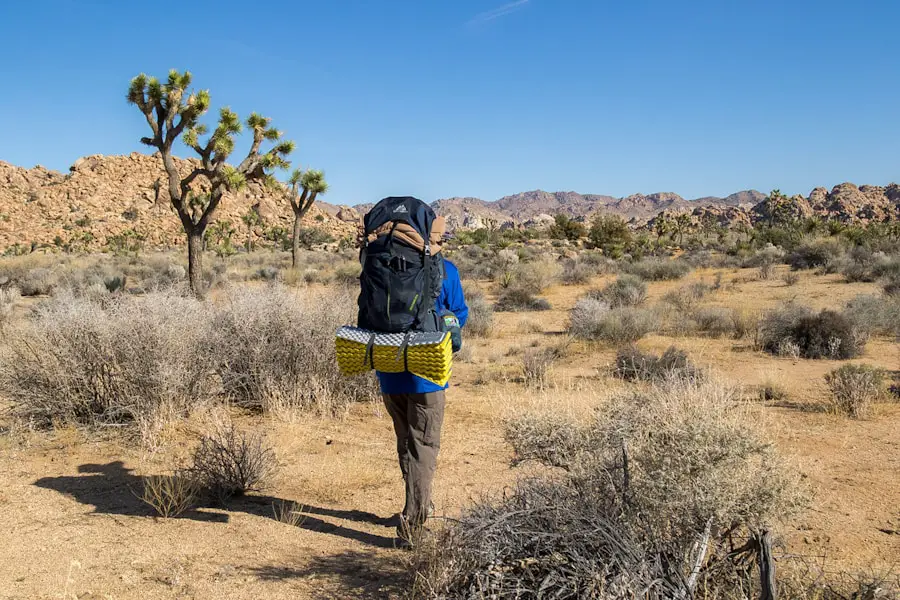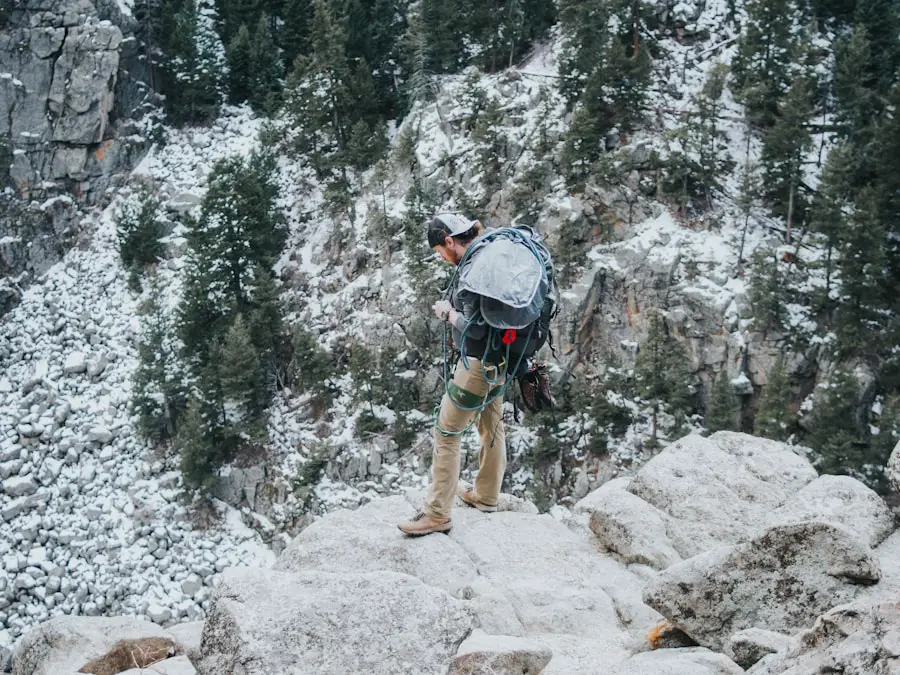Hydration is a critical component of outdoor activities, particularly hiking, where physical exertion and environmental conditions can significantly impact the body’s water balance. When hiking, the body loses water through sweat, respiration, and even urination. This loss can lead to dehydration, which can impair physical performance, cognitive function, and overall well-being.
Maintaining adequate hydration levels is essential not only for sustaining energy but also for regulating body temperature, lubricating joints, and facilitating nutrient transport. The importance of hydration cannot be overstated; it is the foundation upon which a successful hiking experience is built. Moreover, the consequences of dehydration can escalate quickly in a hiking scenario.
Even mild dehydration can lead to fatigue, dizziness, and decreased coordination, which can be particularly dangerous on rugged terrain. Severe dehydration can result in more serious health issues such as heat exhaustion or heat stroke, especially in hot weather conditions. Therefore, understanding the importance of hydration is paramount for hikers of all skill levels.
It is not merely a matter of convenience; it is a vital aspect of ensuring safety and enjoyment while exploring the great outdoors.
Key Takeaways
- Proper hydration is crucial for a successful and safe hike, as it helps maintain energy levels and prevent heat-related illnesses.
- Factors such as weather, intensity of the hike, and individual sweat rates should be considered when calculating water needs.
- Recommended water intake varies for different types of hikes, with longer and more strenuous hikes requiring more water.
- Tips for staying hydrated on the trail include drinking small amounts of water frequently, using electrolyte supplements, and monitoring urine color.
- Calculating the amount of water to carry involves considering the length of the hike, access to water sources, and the individual’s hydration needs.
Factors to Consider When Calculating Water Needs
When determining how much water to carry on a hike, several factors come into play that can significantly influence individual hydration needs. One of the primary considerations is the intensity and duration of the hike. A leisurely stroll on flat terrain will require less water than a strenuous trek up a steep mountain.
The general rule of thumb is to drink about half a liter (17 ounces) of water per hour during moderate activity; however, this can vary based on personal exertion levels and trail conditions. Environmental factors also play a crucial role in calculating water needs. Temperature and humidity levels can greatly affect how much water a hiker should consume.
In hot and dry conditions, the body loses fluids more rapidly through sweat, necessitating increased water intake. Conversely, cooler temperatures may reduce the perceived need for hydration, but it is essential to remember that hydration remains important regardless of the weather. Altitude is another factor; as elevation increases, the air becomes drier and thinner, leading to increased respiration rates and fluid loss.
Hikers venturing into high-altitude areas should be particularly mindful of their hydration needs.
Recommended Water Intake for Different Types of Hikes

The recommended water intake varies significantly depending on the type of hike being undertaken. For short day hikes lasting around two to three hours, carrying approximately one liter (34 ounces) of water is generally sufficient for most individuals. This amount allows for regular sips throughout the hike without being overly burdensome.
However, for longer hikes that extend beyond three hours or involve strenuous activity, hikers should aim for two to three liters (68 to 102 ounces) to ensure they remain adequately hydrated. For multi-day backpacking trips, the water requirements increase even further due to extended physical exertion and the need to replenish fluids lost over several days. In such cases, hikers should plan for at least three liters (102 ounces) per day, adjusting based on individual needs and environmental conditions.
It is also advisable to consider additional water for cooking and cleaning if camping overnight. Understanding these guidelines helps hikers prepare effectively and ensures they have enough water to sustain their energy levels throughout their journey.
Tips for Staying Hydrated on the Trail
| Hydration Tip | Description |
|---|---|
| Drink Plenty of Water | Carry at least 1 liter of water for every 2 hours of hiking. |
| Use Electrolyte Supplements | Replace lost electrolytes by consuming sports drinks or electrolyte tablets. |
| Avoid Alcohol and Caffeine | Both alcohol and caffeine can dehydrate the body, so it’s best to avoid them while hiking. |
| Eat Water-Rich Foods | Snack on fruits and vegetables with high water content, such as watermelon and cucumber. |
| Monitor Urine Color | Check the color of your urine to ensure you are staying properly hydrated. It should be light yellow. |
Staying hydrated on the trail requires proactive measures and mindful practices. One effective strategy is to establish a hydration schedule before embarking on a hike. Setting reminders to drink water at regular intervals can help prevent dehydration before it becomes an issue.
For instance, hikers might aim to take a few sips every 15 to 30 minutes rather than waiting until they feel thirsty. Thirst is often a late indicator of dehydration; by that time, the body may already be experiencing fluid deficits. Another useful tip is to carry a variety of hydration options to make drinking more appealing.
Some hikers prefer flavored electrolyte drinks or hydration tablets that can be added to water, enhancing taste and providing essential minerals lost through sweat. Additionally, incorporating hydrating snacks such as fruits or vegetables can contribute to overall fluid intake. Foods like watermelon or cucumbers have high water content and can serve as both nourishment and hydration during breaks on the trail.
How to Calculate the Amount of Water to Carry
Calculating the amount of water to carry on a hike involves considering several variables that affect individual hydration needs. A practical approach begins with assessing the hike’s duration and intensity. For example, if planning a five-hour hike in warm weather with moderate exertion, a hiker might estimate needing around two liters (68 ounces) of water—this accounts for approximately half a liter per hour.
Next, hikers should factor in personal characteristics such as body weight and fitness level. Heavier individuals or those who are less accustomed to physical activity may require more water than lighter or more fit hikers. Additionally, considering environmental conditions—such as high temperatures or high altitudes—can further adjust these calculations.
It’s also wise to include a buffer in your calculations; carrying an extra half-liter (17 ounces) can provide peace of mind in case conditions change unexpectedly or if the hike takes longer than anticipated.
Hydration Gear Options for Hiking

Selecting appropriate hydration gear is essential for ensuring easy access to water while hiking. One popular option is hydration packs, which are backpacks equipped with a built-in reservoir and a drinking tube for convenient sipping without having to stop. These packs come in various sizes and designs, making them suitable for short day hikes or longer backpacking trips.
The hands-free nature of hydration packs allows hikers to stay hydrated while keeping their hands free for navigation or climbing. Another option is traditional water bottles, which can be carried in side pockets of backpacks or attached via carabiners. Many hikers prefer insulated bottles that keep water cool in hot weather or warm during colder months.
Collapsible water bottles are also gaining popularity due to their lightweight design and space-saving features when empty. For those venturing into areas where clean water sources are available, portable water filters or purification systems can be invaluable for refilling supplies safely during longer hikes.
Dehydration Signs and Symptoms to Watch for
Recognizing the signs and symptoms of dehydration is crucial for hikers who want to maintain their health and performance on the trail. Early indicators include feelings of thirst, dry mouth, and decreased urine output—these are often the first signals that the body requires more fluids. As dehydration progresses, symptoms may escalate to include fatigue, dizziness, headaches, and muscle cramps.
Hikers should be vigilant about these signs and take immediate action if they notice any of them. In more severe cases of dehydration, individuals may experience confusion, rapid heartbeat, or fainting spells—these symptoms warrant immediate medical attention. It’s important for hikers to be aware that certain groups may be more susceptible to dehydration, including older adults and those with pre-existing health conditions.
By staying informed about these symptoms and monitoring their own hydration status throughout their hike, individuals can take proactive steps to prevent serious health issues from arising.
Importance of Properly Storing and Purifying Water on a Hike
Properly storing and purifying water during hikes is essential for ensuring safe consumption and preventing illness from contaminated sources. When carrying water in bottles or reservoirs, it’s important to keep them clean and free from contaminants that could compromise health. Regularly rinsing out containers with soap and water before filling them with fresh supplies can help maintain hygiene.
In areas where natural water sources are available—such as streams or lakes—hikers must take care to purify this water before drinking it. Methods such as boiling, using chemical purification tablets, or employing portable filters can effectively eliminate harmful pathogens that may be present in untreated water sources. Each method has its advantages; boiling is highly effective but requires time and fuel, while chemical tablets are lightweight but may take longer to work.
Understanding how to store and purify water not only enhances safety but also contributes to overall enjoyment during hikes by alleviating concerns about hydration quality. By taking these precautions seriously, hikers can focus on their adventure without worrying about potential health risks associated with improper water management.
When planning a hiking trip, it is essential to consider how much water to carry to stay hydrated throughout the journey. According to a recent article on TakeTravelInfo, it is recommended to carry at least two liters of water per person per day when hiking. This ensures that you have enough water to stay hydrated and energized during your outdoor adventure.
Love travel? Join Our Facebook Community For More Tips.
FAQs
How much water should I carry when hiking?
It is recommended to carry at least 0.5 liters (17 ounces) of water per hour of hiking in moderate temperatures. In hot temperatures or strenuous hiking conditions, it is advised to carry 1 liter (34 ounces) of water per hour.
What factors should I consider when determining how much water to carry?
Factors to consider include the length and difficulty of the hike, the weather conditions, the hiker’s individual hydration needs, and the availability of water sources along the trail.
How can I stay hydrated while hiking?
In addition to carrying enough water, hikers can stay hydrated by drinking small amounts of water frequently, avoiding sugary or caffeinated drinks, and eating water-rich foods such as fruits and vegetables.
What are the risks of not carrying enough water while hiking?
Dehydration is the primary risk of not carrying enough water while hiking. Symptoms of dehydration include dizziness, fatigue, headaches, and confusion, and can lead to more serious health issues if not addressed.
Are there any tips for conserving water while hiking?
Hikers can conserve water by wearing lightweight, breathable clothing, hiking during cooler parts of the day, and using water filters or purification tablets to safely drink from natural water sources along the trail.
